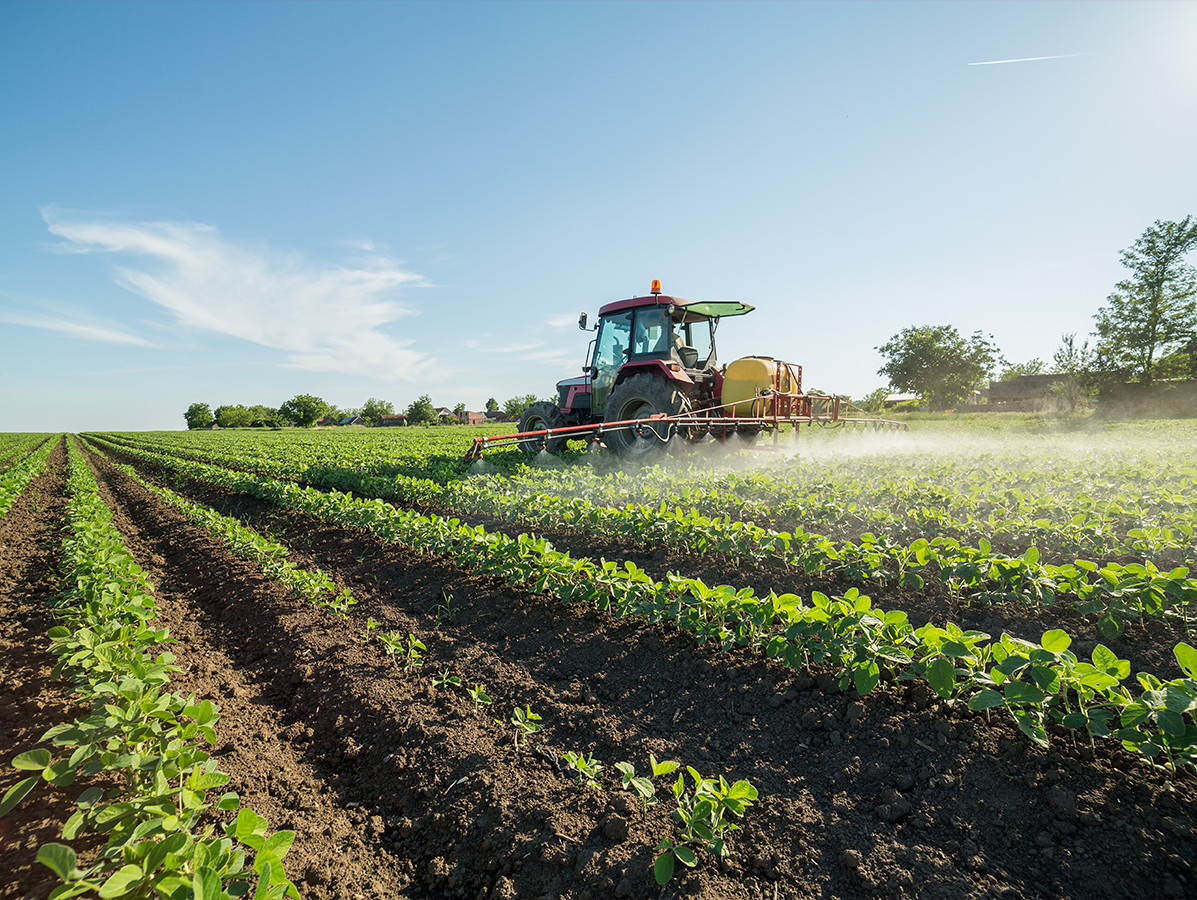
2021 has been a year of unprecedented challenges on different fronts. The world is still fighting Covid and its economic and social consequences, which are still largely uncertain. Climate has been extreme in a number of geographies, with clear adverse effects on crops, and climate change awareness is growing, potentially leading to higher demand for biofuels ahead. Generally, demand for agricultural commodities has been stellar, not always for consumption but also for ’just in case’ stocks, putting pressure on supply chains that are already stressed on a number of fronts. Inflationary pressures extend upstream to inputs, and downstream to animal protein and the general economy.
2022 will likely bring fewer Covid-related disruptions, but when it comes to agricultural commodity prices, any sense of normalcy looks unlikely, and inflation in this space is almost certainly not just ‘temporary’. Any significant drop in agricultural futures prices will likely be met by significant pent-up consumer hedging, which has been restricted in this period of high prices. 2022 will start from a position of low stocks in many agricultural commodities, which should lead to heightened volatility.
It is highly unlikely that food prices will go back to the five or ten-year averages in 2022, as commodity prices are now supported by inflation in the general economy, including high shipping costs (astronomical for containers), energy and fertiliser prices, as well as a shortage of labor in many countries.
As we move into 2022, an element of panic buying might subside in some commodities as vaccination rates improve, Covid-related deaths go down, and lockdowns become less likely, shorter and/or less severe. With less strict social distancing measures, ports worldwide might be better able to cope with the backlog and increased demand. However, a ‘normalisation’ of the supply chain in 2022 is unlikely and players will have to find solace in just a bit of a price drop off historical highs, and hopefully fewer booking cancellations.
Higher farm input costs, expensive shipping and good demand provide for a grim combination. We should see these inflationary pressures upstream move along the supply chain to reach consumers in 2022, with uncertain social consequences. The proportional increase in prices on supermarket shelves will of course be much smaller, as commodity prices are usually only a relatively small proportion of the prices of final goods. But social discontent is already being felt in a few countries and more is likely to come in 2022.
Read the report ‘Markets Research Outlook 2022: Hell in the Handbasket’
Research.rabobank.com
Source: Rabobank